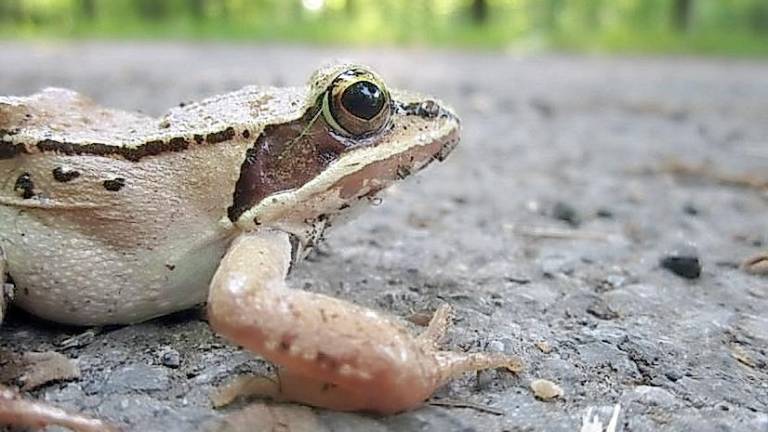We stop for frogs: River Road to close some evenings to protect breeding amphibians
Bushkill. Since the amphibians are active principally at night and have completed their treks by dawn, the road will be closed at approximately 6 p.m. and will remain closed until approximately 6:30 a.m.

Motorists can expect River Road within Delaware Water Gap National Recreation Area to be closed on several evenings over the next few weeks to protect breeding amphibians.
The trigger for the road closures will be forecasts calling for evening rain with mild temperatures. Since the amphibians are active principally at night and have completed their treks by dawn, the road will be closed at approximately 6 p.m. and will remain closed until approximately 6:30 a.m.
Each year the National Park Service take steps to protect migrating amphibians by closing River Road in Middle Smithfield Township between park headquarters and Hialeah Picnic Area on several mild, rainy nights from March to mid-April. This closure allows vulnerable amphibians to crawl or hop from distances of a few hundred feet to sometimes more than a quarter mile to moist breeding pools without the risk of being crushed by vehicle tires.
For more information call 570-426-2452, visit nps.gov/dewa, or follow Facebook.com/DelWaterGapNPS and Instagram.com/DelWaterGapNPS.